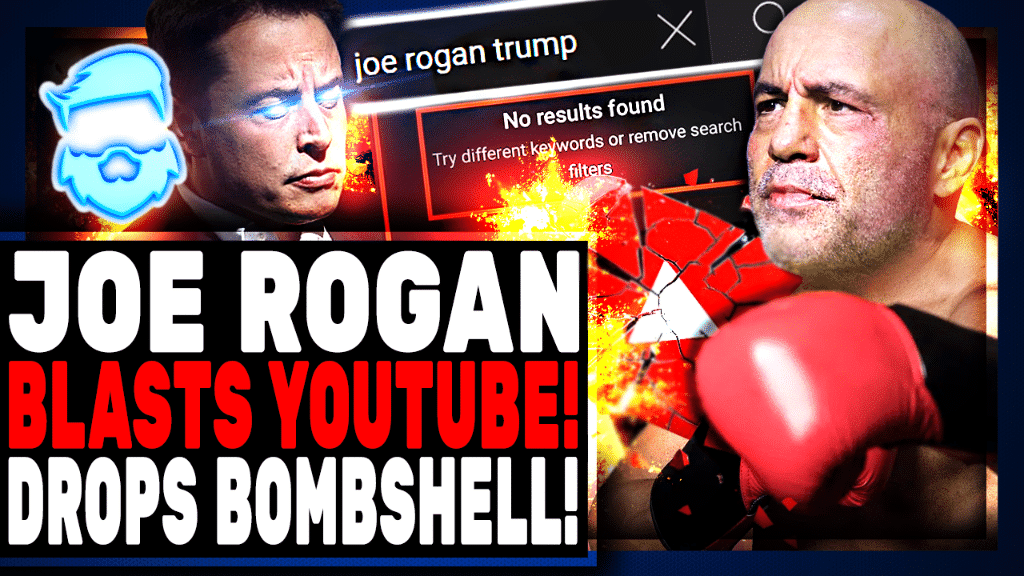In his new book, How to Avoid a Climate Disaster, Bill Gates lays out what it will really take to eliminate the greenhouse-gas emissions driving climate change.
The Microsoft cofounder, who is now cochair of the Bill and Melinda Gates Foundation and chair of the investment fund Breakthrough Energy Ventures, sticks to his past argument that we’ll need numerous energy breakthroughs to have any hope of cleaning up all parts of the economy and the poorest parts of the world. The bulk of the book surveys the technologies needed to slash emissions in “hard to solve” sectors like steel, cement, and agriculture.
He stresses that innovation will make it cheaper and more politically feasible for every nation to cut or prevent emissions. But Gates also answers some of the criticisms that his climate prescriptions have been overly focused on “energy miracles” at the expense of aggressive government policies.
The closing chapters of the book lay out long lists of ways that nations could accelerate the shift, including high carbon prices, clean electricity standards, clean fuel standards, and far more funding for research and development. Gates calls for governments to quintuple their annual investments in clean tech, which would add up to $35 billion in the US.
Gates describes himself as an optimist, but it’s a constrained type of optimism. He dedicates an entire chapter to describing just how hard a problem climate change is to address. And while he consistently says we can develop the necessary technology and we can avoid a disaster; it’s less clear how hopeful he is that we will.
I spoke to Gates in December about his new book, the limits of his optimism, and how his thinking on climate change has evolved.
Gates is an investor either personally or through Breakthrough Energy Ventures in several of the companies he mentions below, including Beyond Meats, Carbon Engineering, Impossible Foods, Memphis Meats, and Pivot Bio. This interview has been edited for space and clarity.
Q: In the past, it seemed you would distance yourself from the policy side of climate change, which had led to some criticisms that you are overly focused on innovation. Was there a shift in your thinking, or was it a deliberate choice to lay out the policy side in your book?
A: No, that’s absolutely fair. In general, if you can do innovation without having to get involved in the political issues, I always prefer that. It’s more natural for me to find a great scientist and back multiple approaches.
But the reason I smile when you say it is because in our global health work, there’s a whole decade where I’m recognizing that to have the impact we want, we’re going to have to work with both the donor governments in a very deep way and the recipient governments that actually create these primary health-care systems.
And my naïve view at the beginning had been “Hey, I’ll just create a malaria vaccine and other people will worry about getting that out into the field.” That clearly wasn’t a good idea. I realized that for a lot of these diseases, including diarrhea and pneumonia, there actually were vaccines. And it was more of a political challenge in getting the marginal pricing and the funds raised and the vaccine coverage up, not the scientific piece.
Here, there’s no doubt you need to get government policy in a huge way. Take things like clean steel: it doesn’t have other benefits. There’s no market demand for clean steel. Even carbon taxes at low costs per ton aren’t enough to get clean steel on the learning curve. You need like a $300-a-ton type of carbon tax. And so to get that sector going, you need to do some basic R&D, and you need to actually start having purchase requirements or funds set aside to pay that premium, both from government and perhaps companies and individuals as well.
But, you know, we need a lot of countries, not just a few, to engage in this.

















